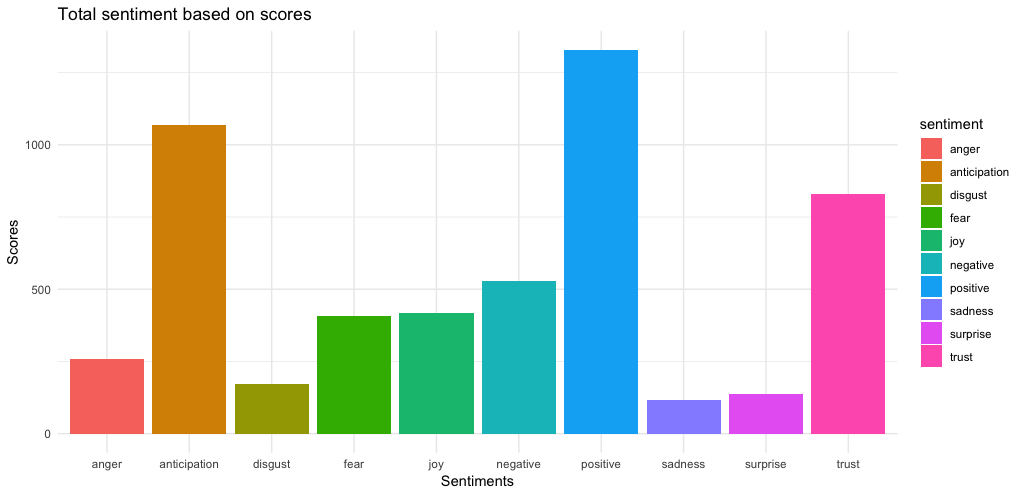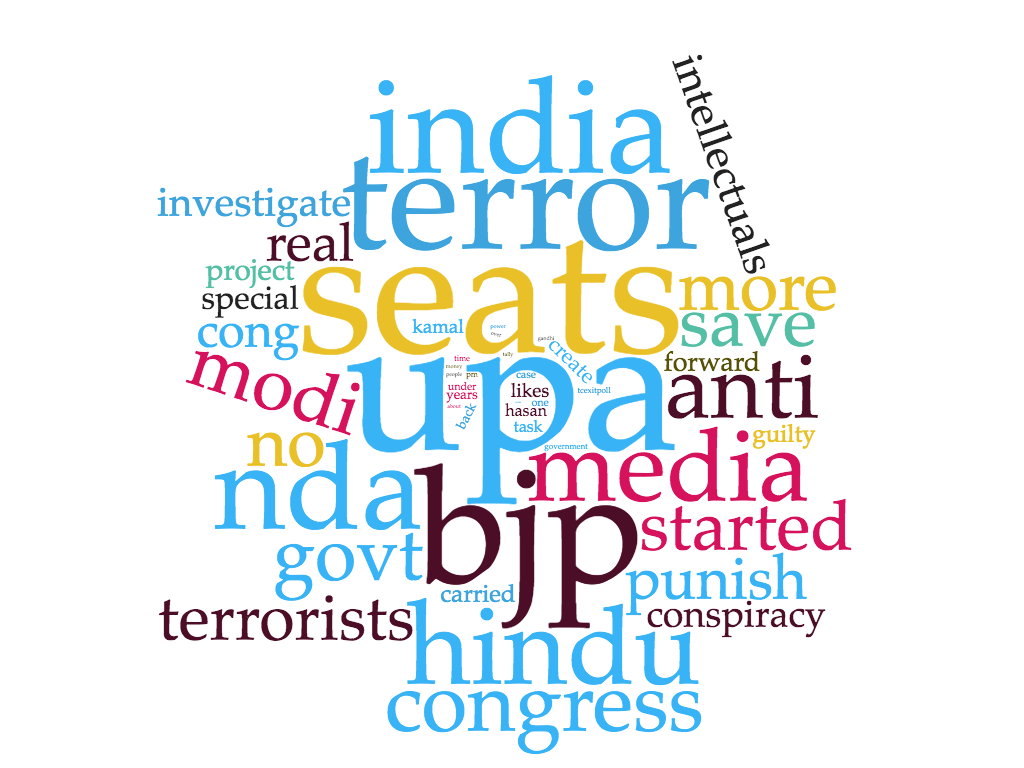
Twitter data visualization, The 2019 Indian general election results are right around the corner and the social media conversation on the election is at its peak. Goes without saying it reflects anticipation of the people of India at the moment. Being a web crawling company, we decided to put our expertise in data collection to use, by extracting tweets pertaining to two major competitors (NDA and UPA) and dug out some crucial insights from the social media chatter. Let’s get started.
Note: This data extraction activity was performed from 7th May to 14th May.
The most popular hashtag being used along with the mention of NDA is “nyay”. NYAY (Nyuntam Aay Yojana) is the Minimum Income Guarantee Scheme for five crore poorest families, promised by the Congress Party in their 2019 election manifesto. Perhaps the messaging from the NDA has focused on discussing or criticising NYAY.

Other prominent hashtags are bjp, namoagain, namonamah, modiji, hargrahmodi and governmentjob. These hashtags indicate the social media support for Mr. Narendra Modi and the BJP party (the party that leads NDA).

Now let’s look at the popular hashtags associated with “UPA” tweets. The notable hashtags in UPA tweets are ‘bjp’, ‘nda’, ‘tcexitpoll’, ‘meriawazmericongress’, ‘rafale’, ‘rahul’ and ‘soniagandhi’. It’s evident that UPA has tried to leverage the controversy around Rafale. In the case of UPA, both Rahul Gandhi and Sonia Gandhi are being talked about unlike NDA, where only Modi gets all the social media attention.
2. Number of tweets
The number of tweets talking about NDA outranks UPA by almost 100%. However, it is wrong to assume that the number of tweets are a true metric of the actual interest for this party since paid campaigning has to be taken into account.

3. Sentiment Analysis
Anticipation is the sentiment that stands out when it comes to tweets about NDA. Trust is also significantly higher as compared to the UPA tweets. Apart from these, the difference between positive sentiment and negative sentiment is relatively higher.

When it comes to UPA, we can see that the gap between positive and negative sentiments is shorter as compared to that of the NDA. This could indicate that the polarity of tweets about UPA are mixed in nature, whereas positive sentiment is way more overpowering in the NDA tweets. Fear is another sentiment which seems to be comparatively higher in the UPA tweets.

4. Word cloud
Given below are the word clouds pertaining to the tweet content for both of the keywords, i.e., UPA and NDA.
It is interesting to see that the tweets associated with UPA have significant number of mentions of BJP, NDA, and Modi. This suggests that the opposition party has focused a lot on the ruling government instead of building narrative around pressing issues or propagating their idea of India.

However, we see that there has been references to topics around terrorism, security, and hinduism. Coming to the word cloud of the tweets associated with NDA, there are a lot of references to cities and locations.

Conclusion
Judging from the Twitter data visualization that we analysed, both the major competitors are aggressively pointing out each others mistakes. When it comes to the number of tweets and positive sentiment, NDA seems to be doing relatively better than their biggest nemesis. While the positive sentiment is overpowering in NDA tweets, the difference between positive sentiment and negative sentiment is relatively smaller in the case of UPA.
From our Twitter data visualization, NDA appears to have an clear edge over UPA in the Lok Sabha Election 2019. However, we can’t be sure until the results are out on 23rd of this month. Fingers crossed.


















